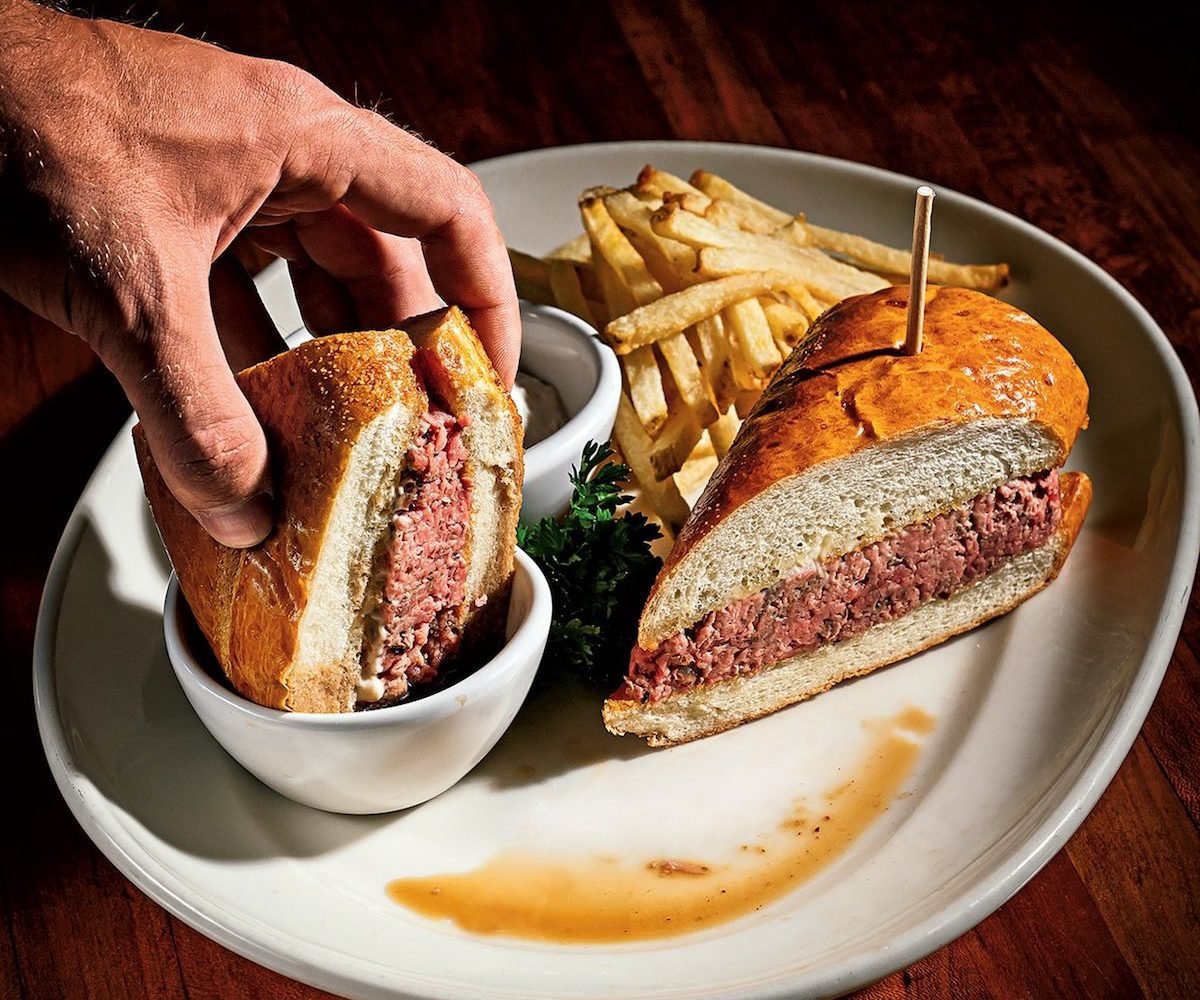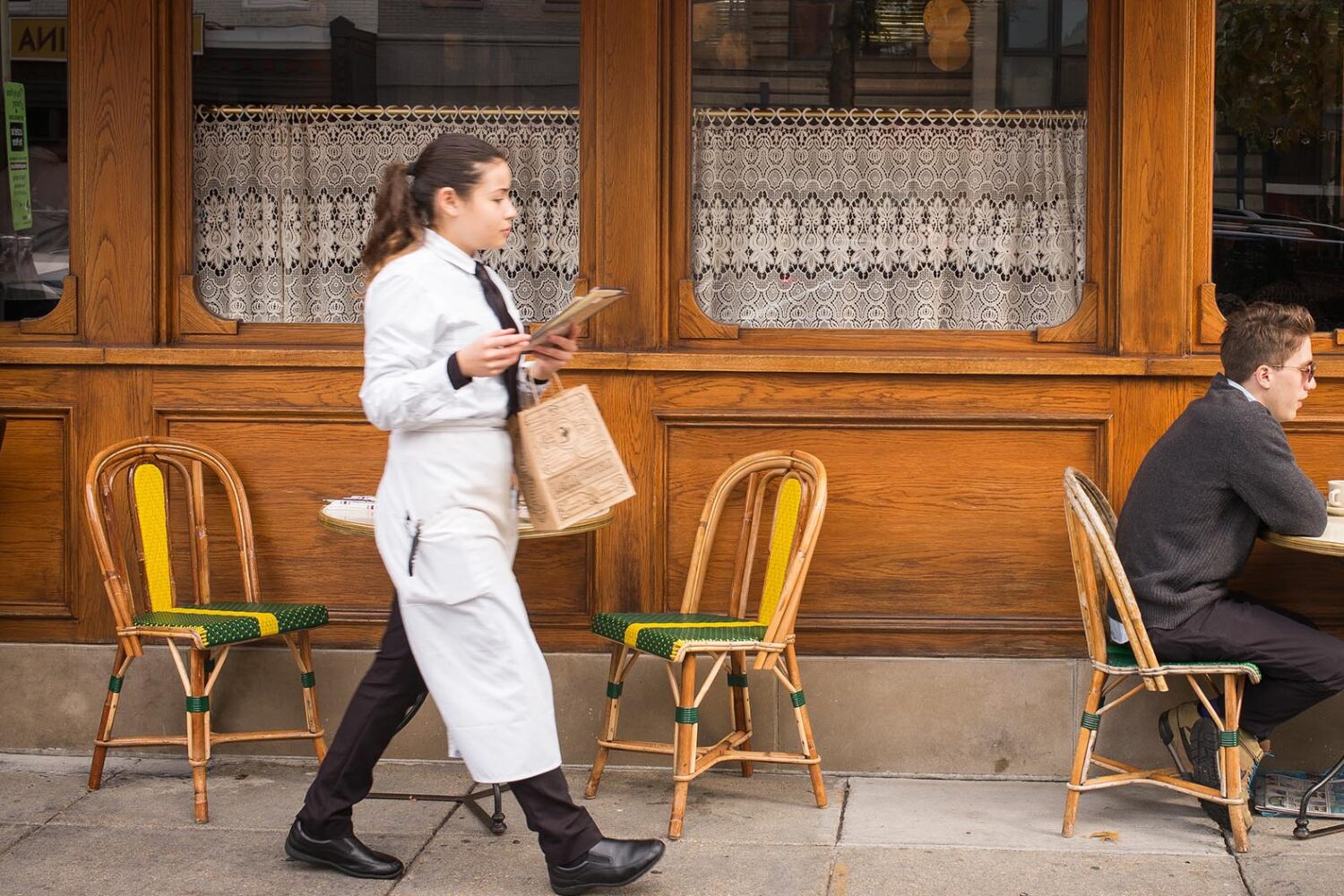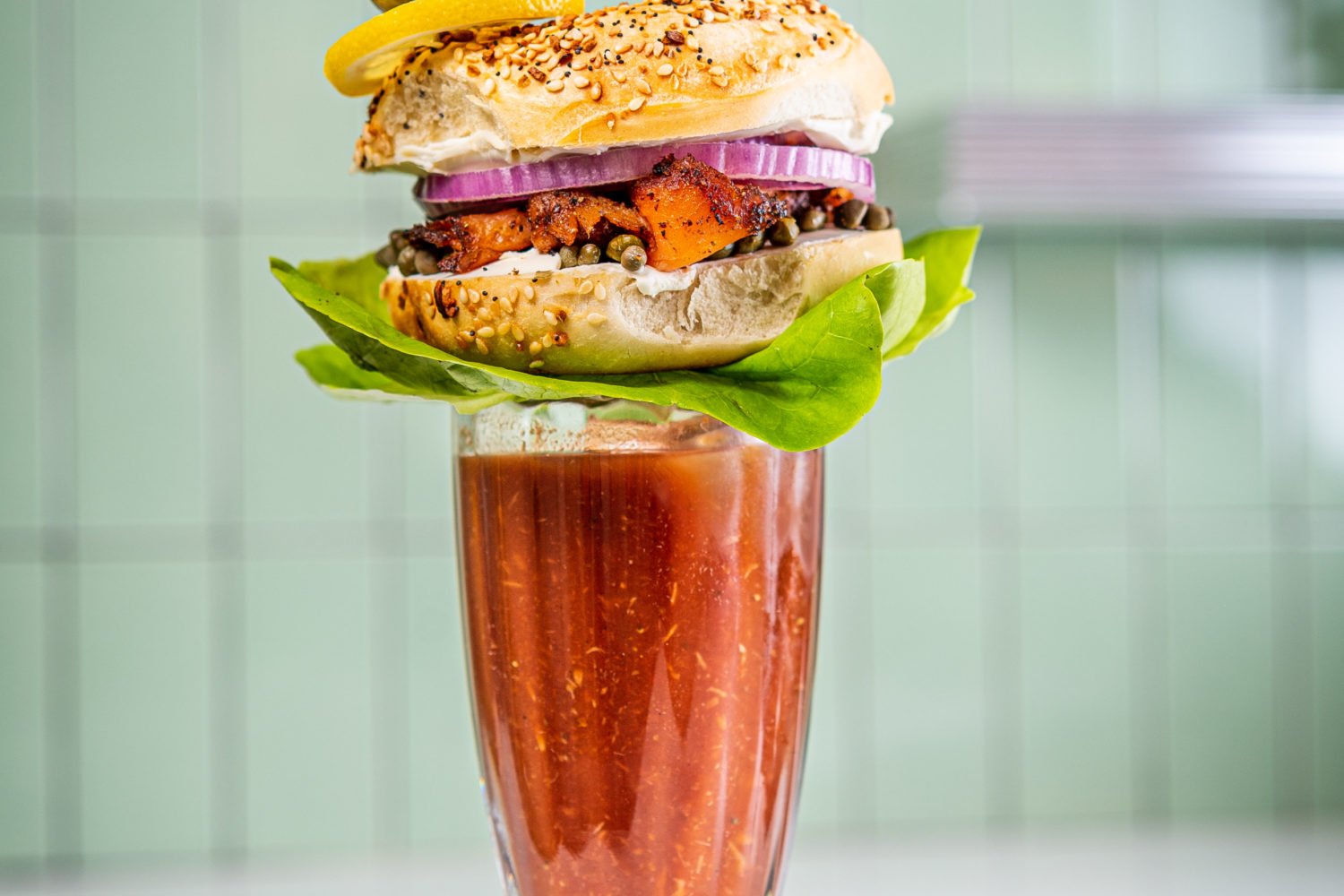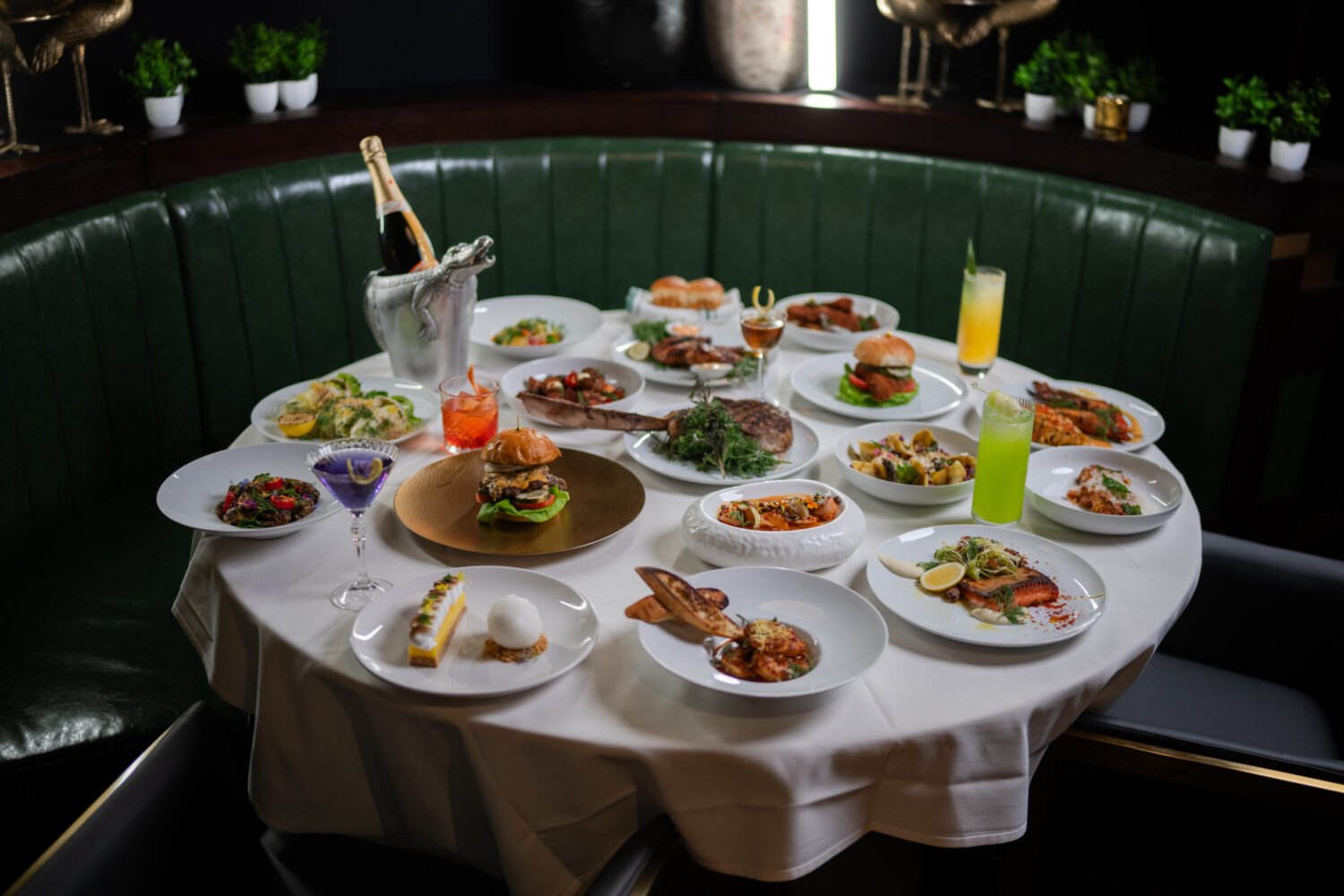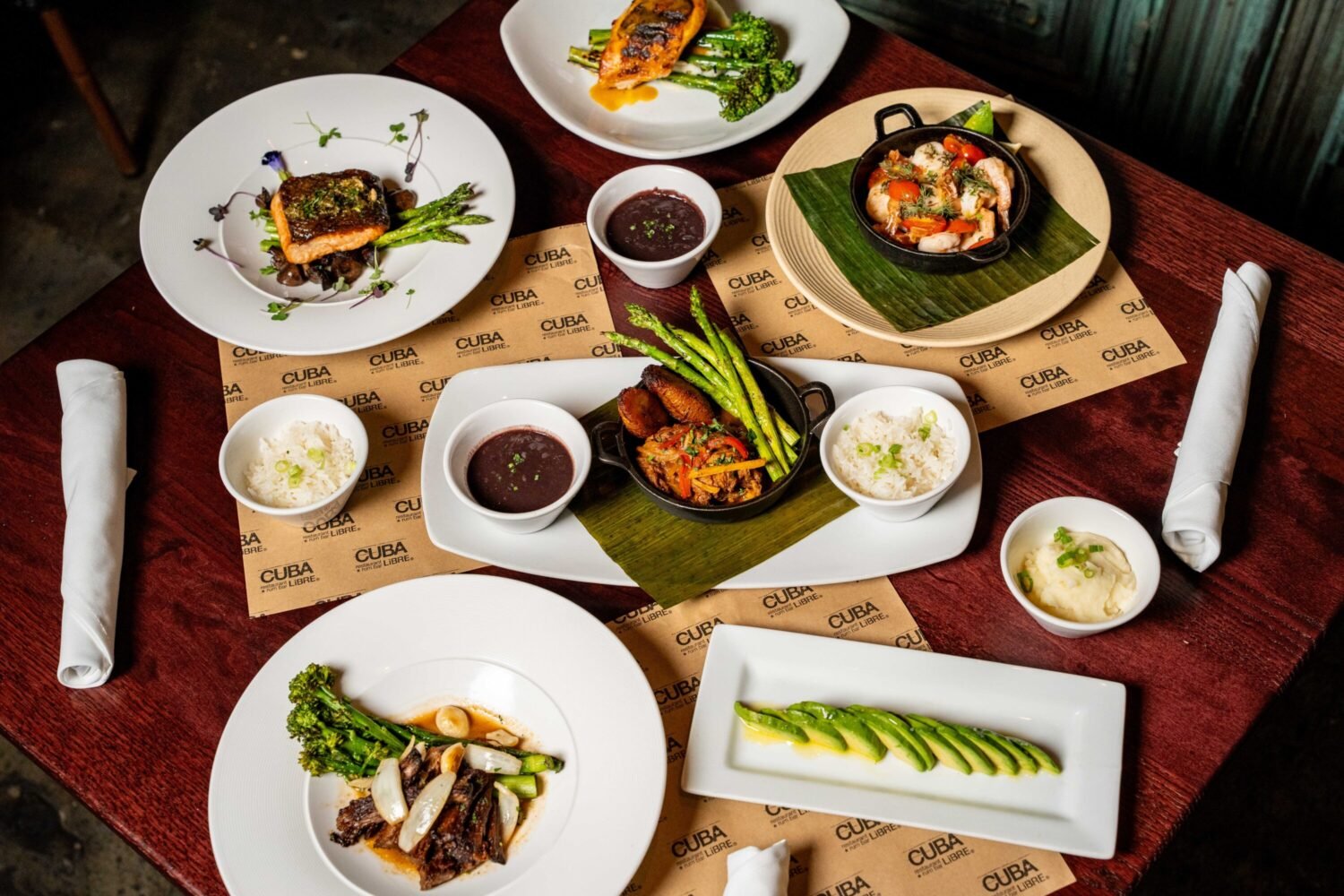The DC Council voted this week to overhaul Initiative 82, slowing down increases in the tipped minimum wage and ultimately capping it at 75 percent of the full minimum wage. Many restaurant owners breathed a sigh of relief—even as plenty of them grumble about the failure of a full repeal. Meanwhile, proponents of Initiative 82 are outraged, with advocacy group One Fair Wage calling the council’s decision “a betrayal of democracy and gift to the restaurant lobby.”
But what will it all mean for diners? Service fees have been one of the most visible side effects of Initiative 82. As the tipped wage rose from $5.35 to $10 an hour over the past couple of years, many businesses opted to make up for these new labor costs by tacking on a confusing hodgepodge of surcharges, fearing higher menu prices would turn off diners even more. At one point, some in the DC Council proposed a 10 percent cap on service fees, but the amendment didn’t pass. So, will anything change with service fees now?
“You can’t go back very easily,” says accountant Matt Hetrick, whose tax-and-accounting firm, Harmony Group, works with nearly 150 DC-area restaurants. “If you’ve implemented a service charge, you’re going to keep doing it, because this isn’t relief from the pressures you’ve faced up to this point.”
Although the onslaught of service fees across the city has been highly contentious—with some businesses abandoning them due to internal or external backlash—other restaurateurs say diners and employees are slowly becoming more accustomed to them. Plus, many restaurants who’ve overhauled their business models to adapt to Initiative 82 are settling into a new groove, and they’re not eager to change things up again.
“Employee retention is very, very good,” chef Tim Ma says of his all-day cafe Any Day Now in Navy Yard, which charges a 12 percent service fee at breakfast and lunch and 22 percent at dinner in order to pay staff higher base wages. “It’s not like we’re going to change our model in Any Day Now because of this law. It’s not like we’re going to go backwards on it.”
It’s not, however, a one-size-fits all. His other restaurants—including Lucky Danger for upscale Chinese-American in Penn Quarter and all-you-can-eat Sushi Sato on H Street Northeast—do not have service fees.
At Hill East Burger Bar, co-owner Chris Svetlik says they’ll likely keep their 20 percent service fee, too. “We’ve just reached a pretty good system that seems to work for everyone,” he says. “I like the notion of how we distribute the service fee between front-of-house and back-of-house. Everyone gets to share in the profits from a very, very busy night.”
But Svetlik has been reluctant to add a service fee at his Truxton Circle Tex-Mex Republic Cantina, which has been around longer. “It just felt a little muddy, and now is not the right time to throw one more financial thing in the mix that might discourage customers or cause turbulence,” he says.
Still, Svetlik always felt that eventually the tipped wage would hit a threshold where it made sense to add a service fee at Republic Cantina—not just to keep the business sustainable, but as a way to even out a growing pay gap between the service staff and the kitchen crew. “At a certain point, it’s not even about our survival, it’s a question of what feels just in the restaurant,” he says. But now that the DC Council has slowed things down? “It’s making me more confident now that we could either hold off much longer without a service fee or potentially just skip it all together.”
Other restaurant owners who were considering adding service fees also say they’re now holding off.
“If it went to $12, we were probably going to add some sort of small service charge just to counterbalance it, because we’ve already had to increase menu prices just due to inflationary problems,” says Matt Krimm, owner of Cinder BBQ in Petworth, noting that beef alone has gone up 30 percent this summer. Now, though, he’s taking the service fee off the table: “We’re just going to ride it out.”
Complicating the equation further is the new “no tax on tips” policy recently passed by Congress, which will allow tipped restaurant workers to deduct up to $25,000 on their federal taxable income. That leaves workers who rely primarily on service fees rather than tips at a disadvantage. But that consideration may not be enough for restaurants to give up service fees they’ve come to depend on, says Hetrick, the accountant.
“Because that doesn’t affect the business’s bottom line and its ability to pay rent and everything else, they’re not going to make a switch,” Hetrick says. Still, he expects it will be more of a consideration for restaurants competing for staff more directly with restaurants in Virginia or Maryland.
Daniel Hatem, a tax accountant and hospitality consultant who’s also a partner in Dupont Circle nightclub and lounge Mayflower Club and Latin American restaurant Selva, says his establishments will be sticking with their six-percent service fee. But he says his employees will still make enough in tips to benefit from the no tax on tip policy with the $25,000 limitation. “I’m not hurting my employees with that new law,” he says. “And if I was, then I would have to consider giving them more tips and then raising prices [instead of a service fee], because I do want them to benefit from that.”


